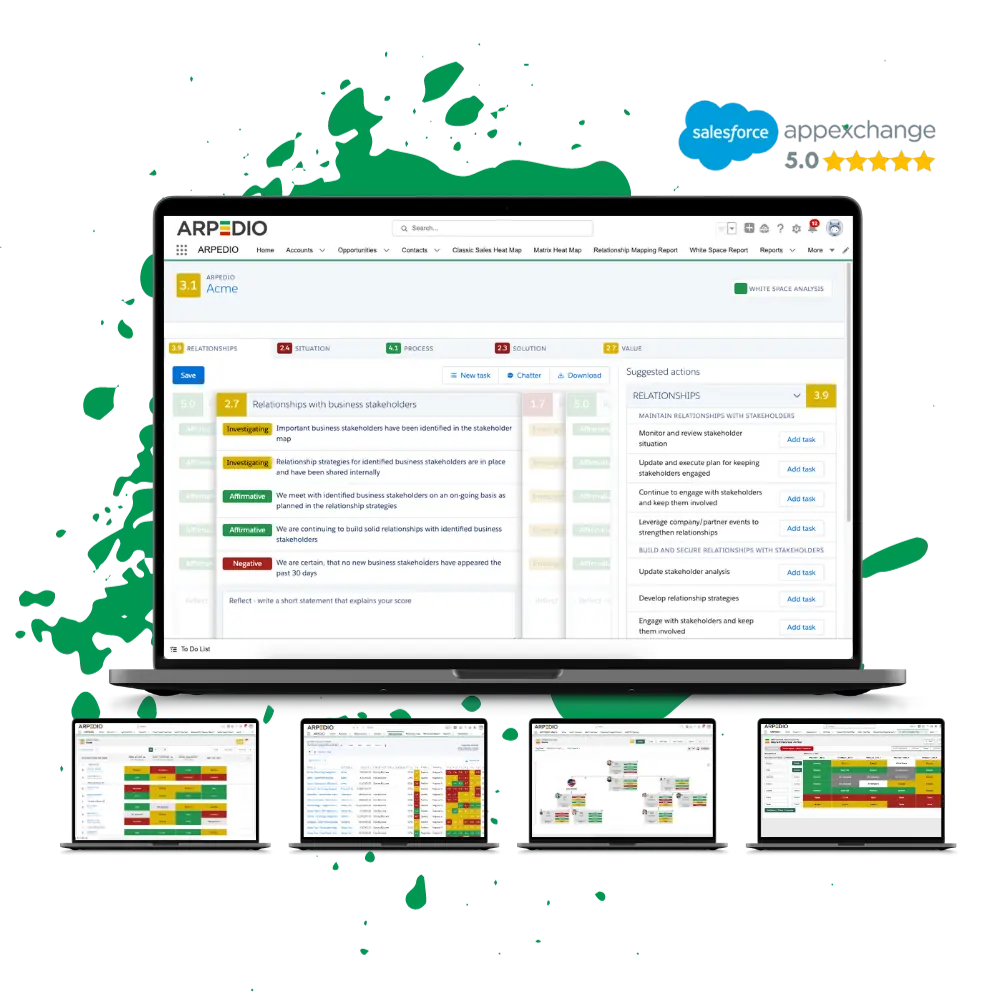What is Sales Enablement?
In order to improve sales effectiveness and drive revenue growth, it is crucial to have a clear understanding of sales enablement. This strategic approach aligns marketing and sales efforts, enhances buyer interactions, and optimizes the sales process.
Sales enablement encompasses a range of activities and tools aimed at equipping sales teams with the knowledge, resources, and support they need to effectively engage with prospects and close deals. By providing sales professionals with the right information at the right time, sales enablement empowers them to deliver value-driven solutions that address customer needs.
One of the key benefits of sales enablement is its ability to align marketing and sales efforts. By establishing a strong alignment between these two departments, organizations can ensure that marketing materials, messaging, and content are tailored to meet the needs of the sales team and ultimately drive revenue.
Additionally, sales enablement enhances buyer interactions by enabling sales professionals to have meaningful conversations with prospects. By providing them with the necessary tools and resources, sales enablement ensures that salespeople can effectively address buyer pain points, answer questions, and build trust, ultimately increasing the likelihood of closing deals.
Furthermore, sales enablement optimizes the sales process by streamlining workflows and eliminating bottlenecks. With access to relevant content, training, and technology, sales teams can operate efficiently and focus on driving revenue rather than searching for information or navigating cumbersome processes.
In summary, understanding sales enablement is essential for organizations looking to improve their sales effectiveness. By aligning marketing and sales efforts and empowering sales teams with the right tools and resources, sales enablement plays a crucial role in optimizing the sales process and driving revenue growth.
Strategies for Implementing Sales Enablement
When it comes to implementing sales enablement within your organization, it’s important to have a well-defined strategy in place. This involves considering the key components that make up a successful sales enablement program, and how they can be effectively implemented to drive results.
1. Sales Training
One of the essential components of implementing sales enablement is providing comprehensive sales training to your team. This involves equipping them with the necessary knowledge and skills to effectively engage with prospects, communicate the value of your offerings, and close deals. Training should cover product knowledge, sales techniques, objection handling, and customer relationship management.
2. Content Creation
An effective sales enablement strategy involves creating high-quality, tailored content that supports the sales process. This includes developing customer-centric sales collateral, such as presentations, case studies, and brochures, that address buyers’ pain points and showcase the unique value of your products or services. By providing your sales team with relevant and compelling content, you empower them to engage prospects effectively and drive conversions.
3. Technology Adoption
Implementing sales enablement requires leveraging technology to optimize your sales process. This may involve adopting a customer relationship management (CRM) system, sales enablement software, such as ARPEDIO, or other tools that streamline sales operations, automate workflows, and provide valuable insights. Investing in technology that aligns with your sales enablement goals can enhance productivity, improve collaboration, and enable data-driven decision-making.
The Preferred
Account-Based Selling Platform
Our platform provides visual org charts, stakeholder relationship heat maps, up-to-date account plans, recommended next-best actions, accurate weighted pipelines, and white space analysis.
-
100% Native to Salesforce
-
Methodology Agnostic
-
Advanced enough to create a real impact
-
Simple enough to secure adoption
4. Performance Measurement
Measuring the effectiveness of your sales enablement efforts is crucial to ongoing improvement and optimizing results. Establish key performance indicators (KPIs) aligned with your sales enablement goals, such as sales conversion rates, revenue generated, and customer satisfaction. Regularly track and analyze these metrics to identify areas for improvement and make data-driven adjustments to your sales enablement strategy.
By implementing these strategies, you can establish a strong sales enablement program that empowers your team to drive success and achieve better results. Take the time to understand your organization’s unique needs and goals, and tailor your sales enablement approach accordingly. With a well-executed sales enablement strategy, you can unleash the full potential of your sales team and maximize your revenue growth.
Measurement and ROI of Sales Enablement
Measuring the effectiveness of your sales enablement efforts and determining the return on investment (ROI) is crucial for optimizing your sales strategy. By understanding the metrics and key performance indicators (KPIs) that gauge the impact of sales enablement, you can make data-driven decisions to drive revenue generation, enhance customer satisfaction, and improve sales team efficiency.
Start by tracking and analyzing the overall sales performance before and after implementing sales enablement. Look at key metrics such as revenue growth, pipeline velocity, and win rates to assess the impact of enablement initiatives on your bottom line. Additionally, survey your sales team to gather their feedback on the effectiveness of the enablement resources and training provided.
Measuring Revenue Generation
A fundamental aspect of sales enablement is its ability to generate revenue. To measure this impact, track the revenue attributed to sales enablement activities, such as deals closed, upsells, or cross-sells influenced by enablement content or training. Identify the opportunities directly influenced by the enablement efforts and calculate the revenue generated from those deals.
Evaluating Customer Satisfaction
Another critical aspect of sales enablement is enhancing buyer interactions and driving customer satisfaction. Monitor customer satisfaction scores, feedback, or reviews to measure the impact of sales enablement on improving the customer experience. Look for improvements in customer retention, repeat purchases, and referrals that can be directly attributed to the enablement strategies implemented.
Assessing Sales Team Efficiency
Sales enablement also aims to improve the efficiency and productivity of your sales team. Evaluate metrics such as sales cycle length, lead response time, or time spent on non-selling activities. Track improvements in these areas to understand how sales enablement has helped streamline processes and optimize sales team performance.
By regularly measuring and analyzing the effectiveness of your sales enablement efforts, you can identify areas for improvement and make data-backed decisions to enhance your sales strategy. Aligning enablement activities with tangible outcomes and ROI measurement ensures that your sales enablement program continues to deliver value and drive success.
Conclusion
In conclusion, sales enablement is a vital strategy for optimizing sales team performance and driving revenue growth. By aligning marketing and sales efforts, enhancing buyer interactions, and optimizing the sales process, sales enablement empowers organizations to achieve better results.
Implementing sales enablement requires a well-rounded approach. This includes providing comprehensive sales training, creating relevant and compelling content, adopting the right technology, and measuring performance effectively. By following these strategies and best practices, businesses can unlock their team’s potential and achieve success.
To stay ahead in the competitive business landscape, it is crucial to prioritize sales enablement and continuously refine strategies. By analyzing key metrics and measuring the return on investment, organizations can gain valuable insights into the impact of sales enablement on revenue generation, customer satisfaction, and sales team efficiency.
Now armed with a clear understanding of sales enablement and its benefits, it’s time for businesses to take action. By implementing sales enablement strategies and fostering a culture of continuous improvement, companies can enhance their overall sales effectiveness and achieve sustainable growth.













